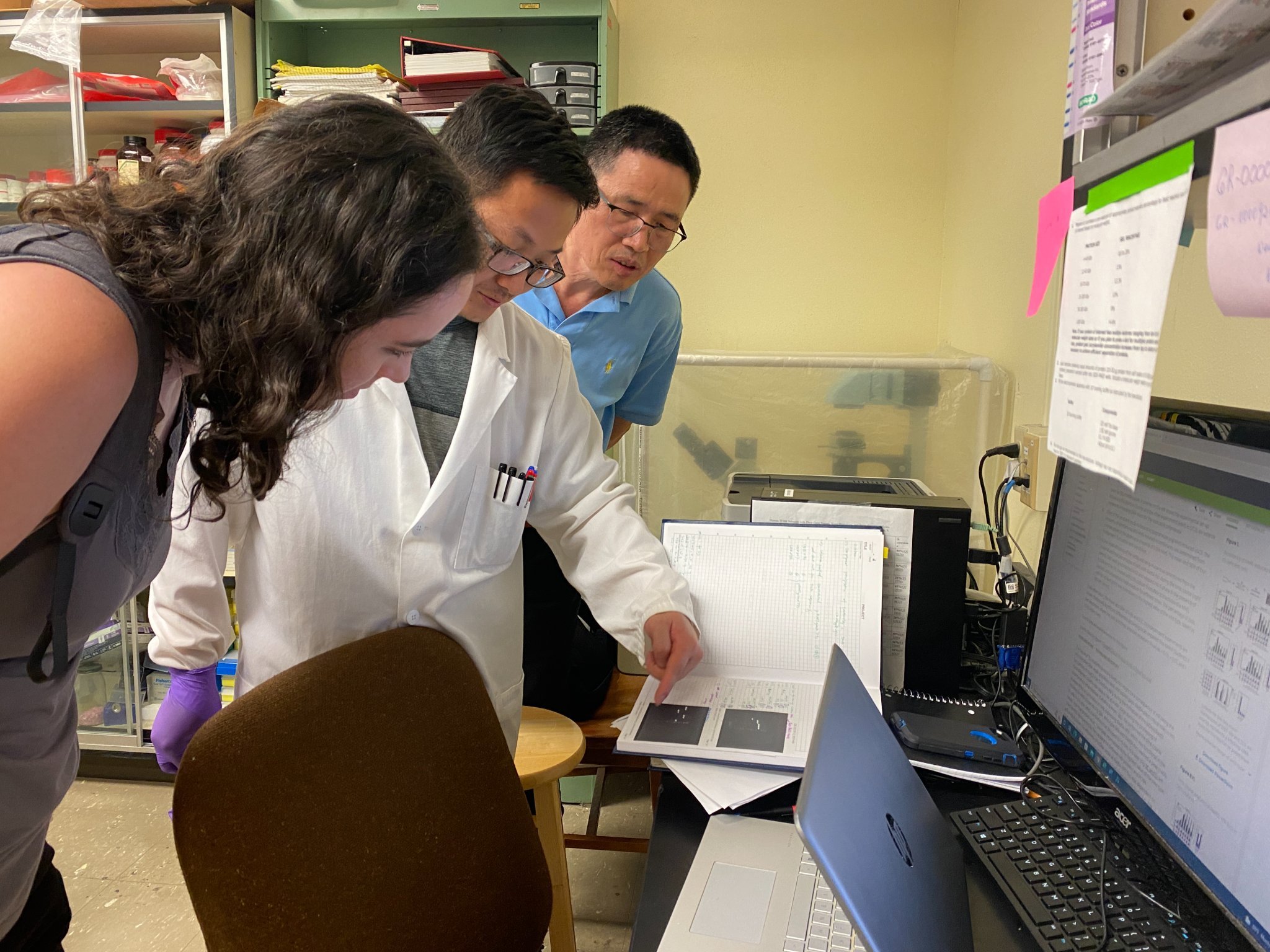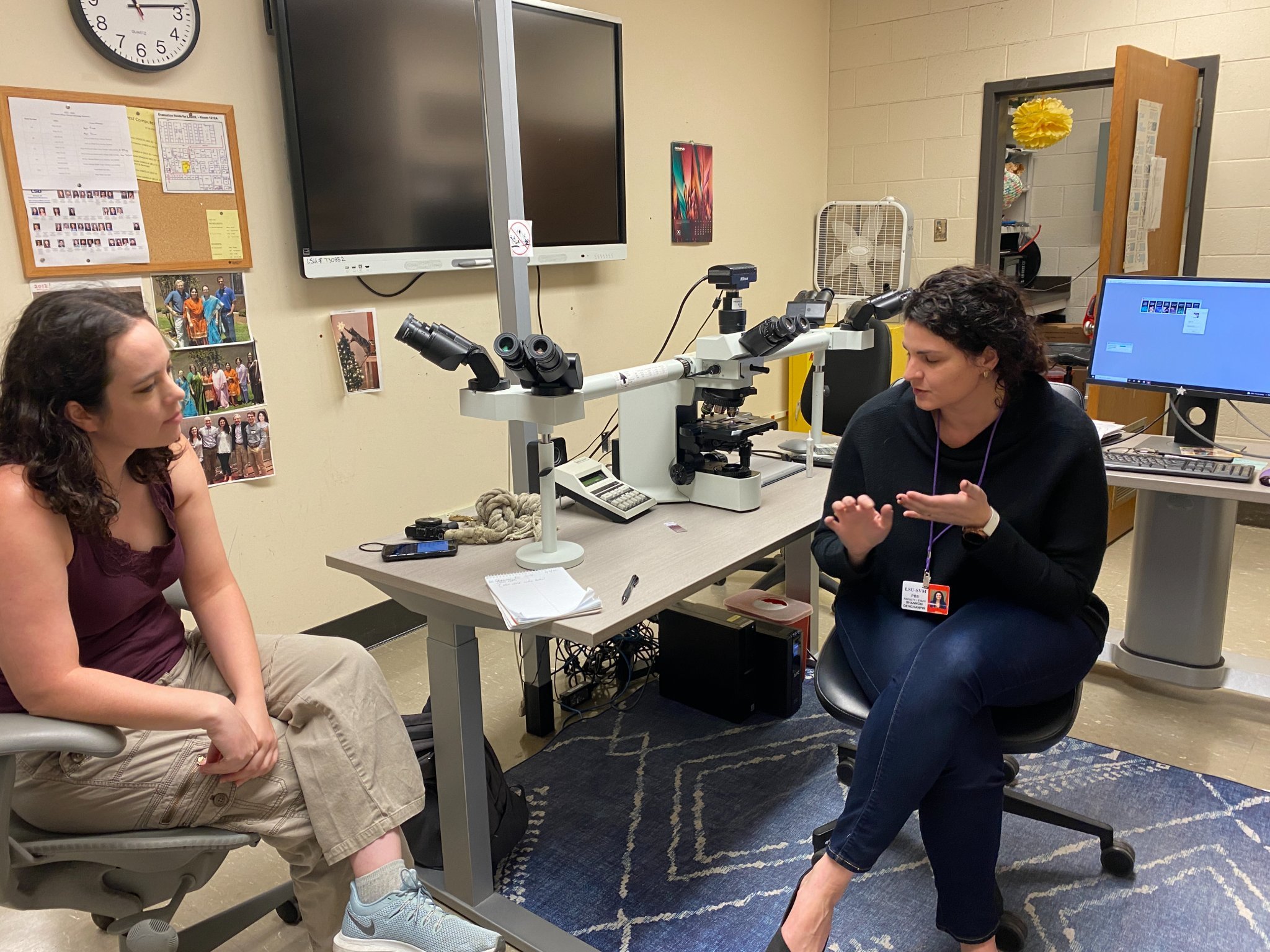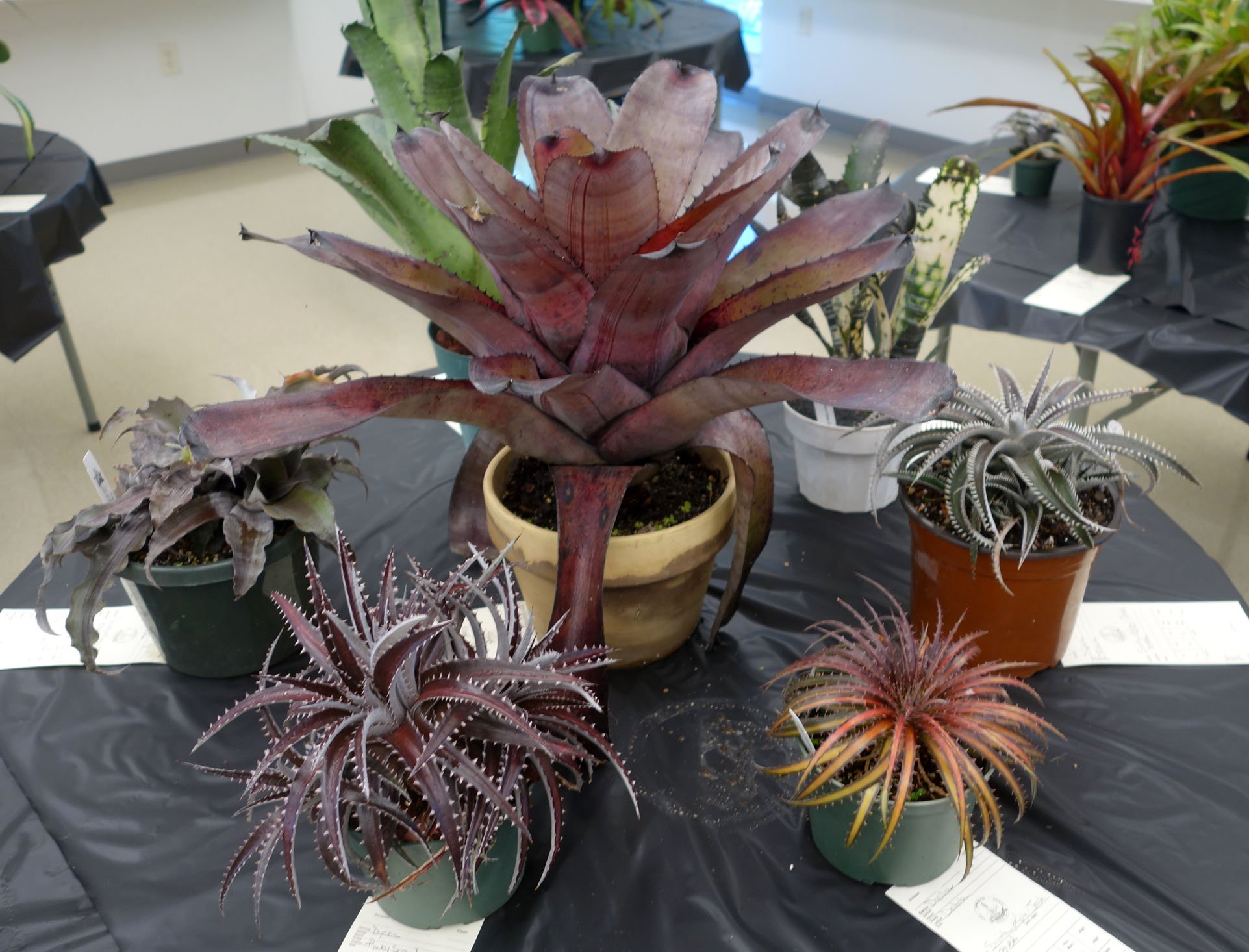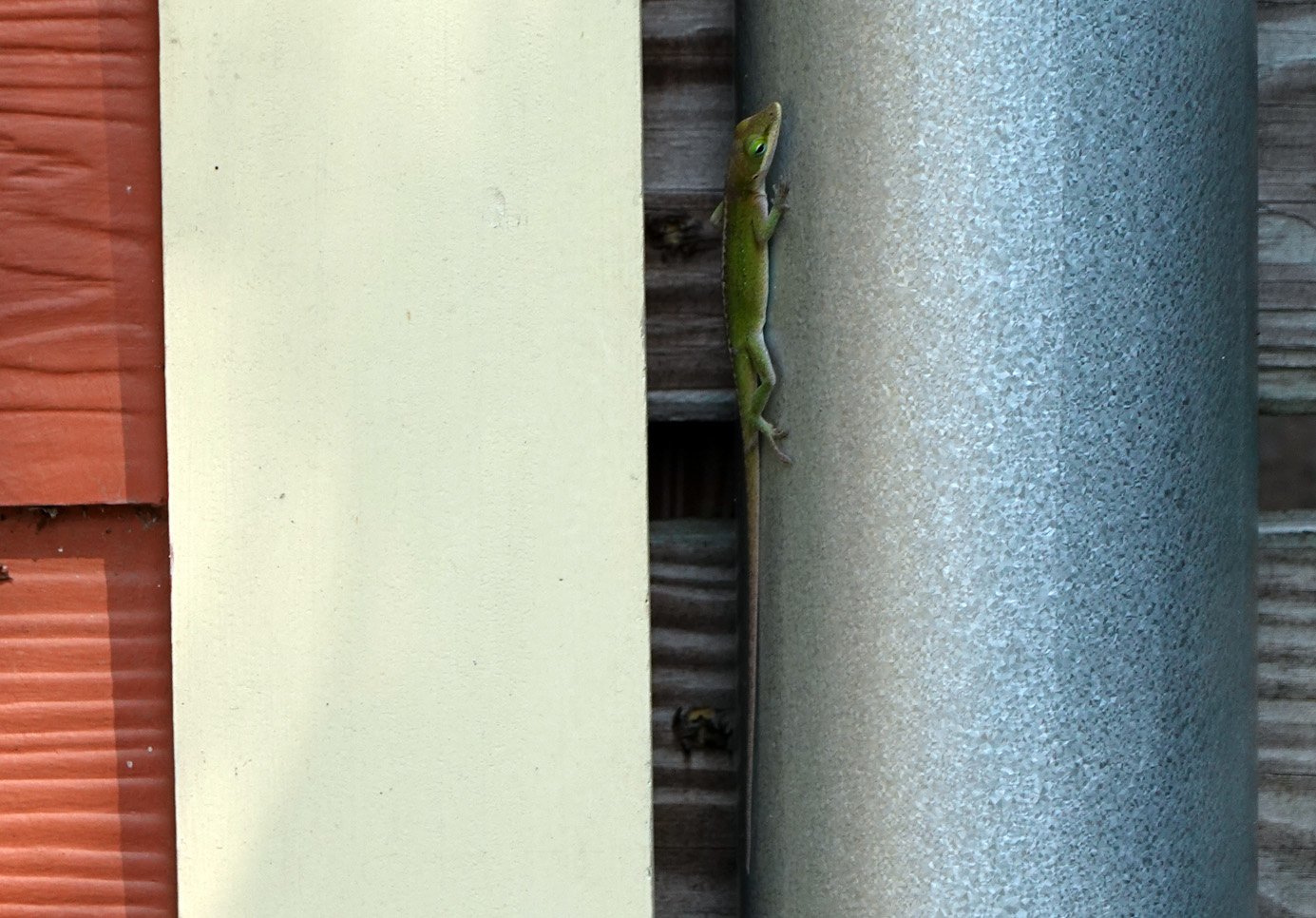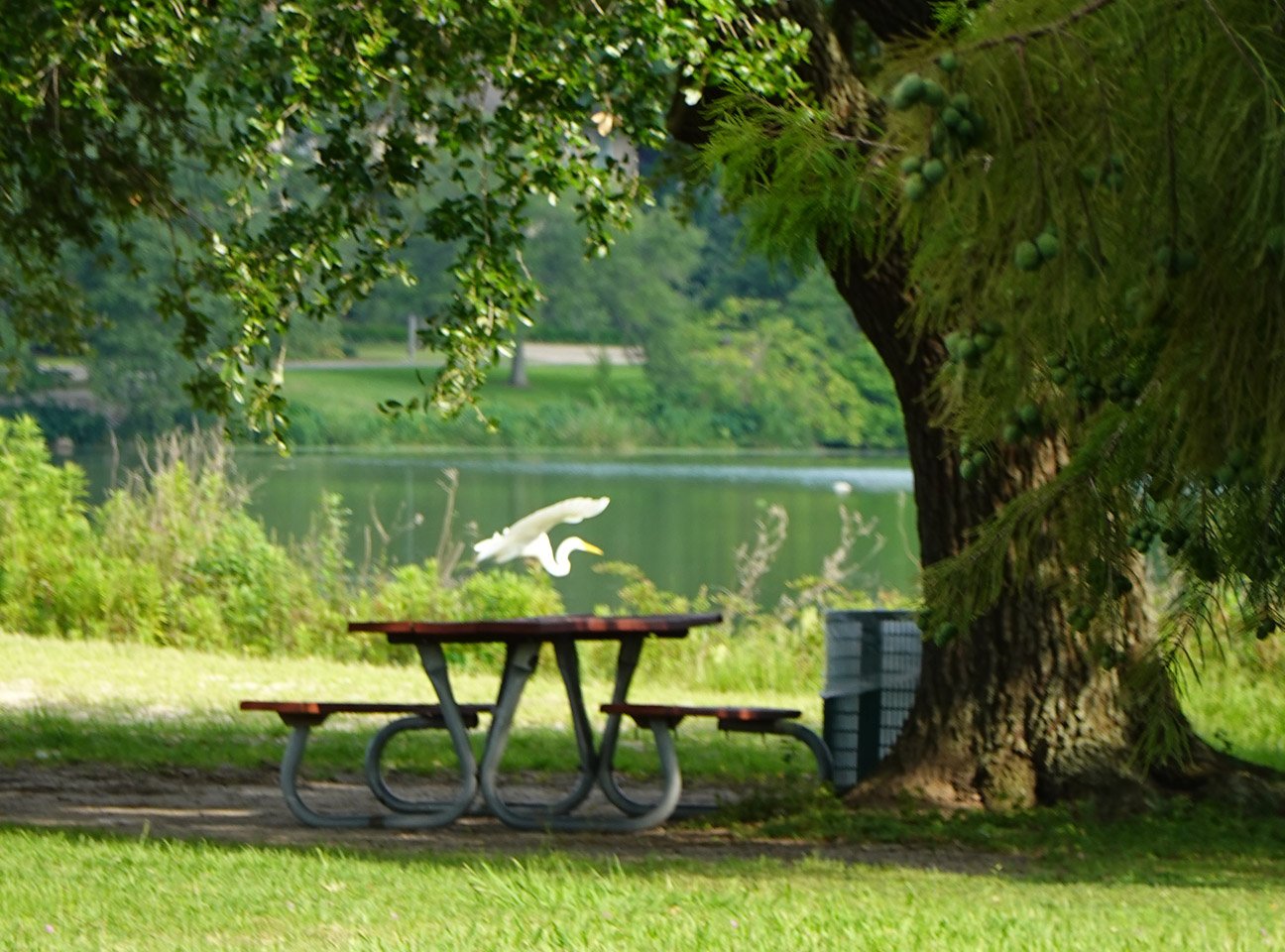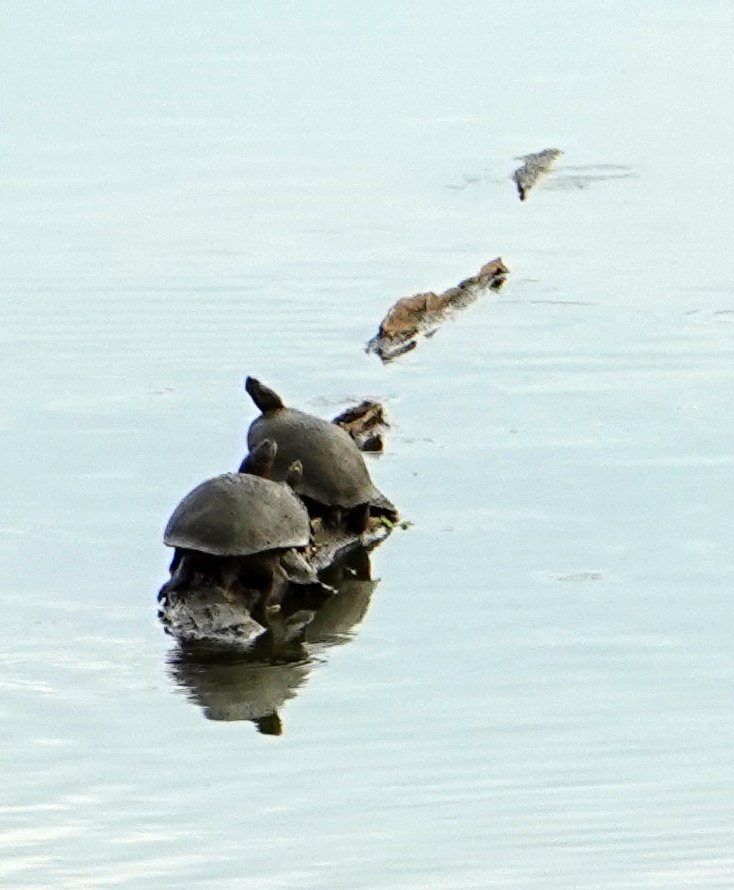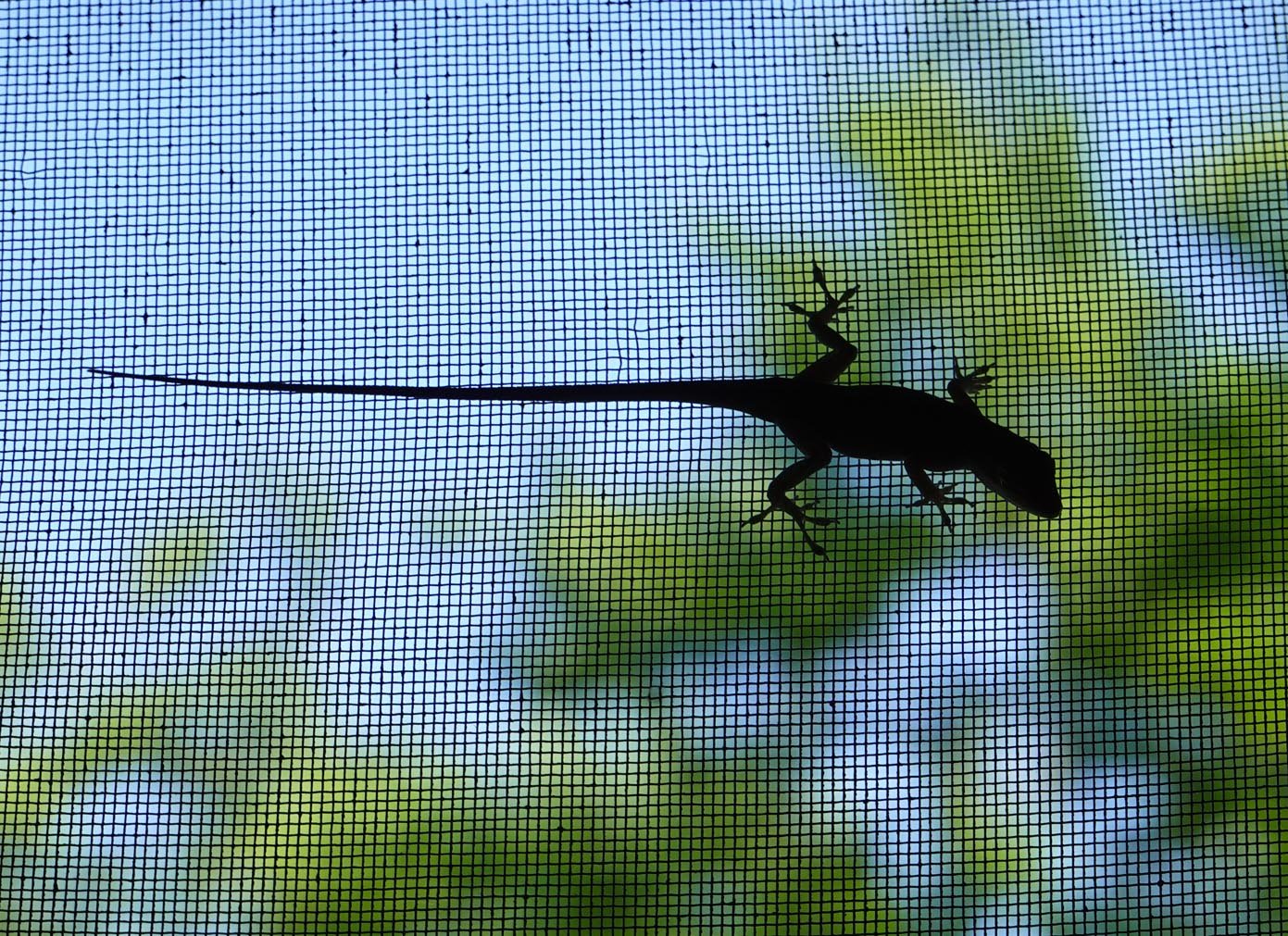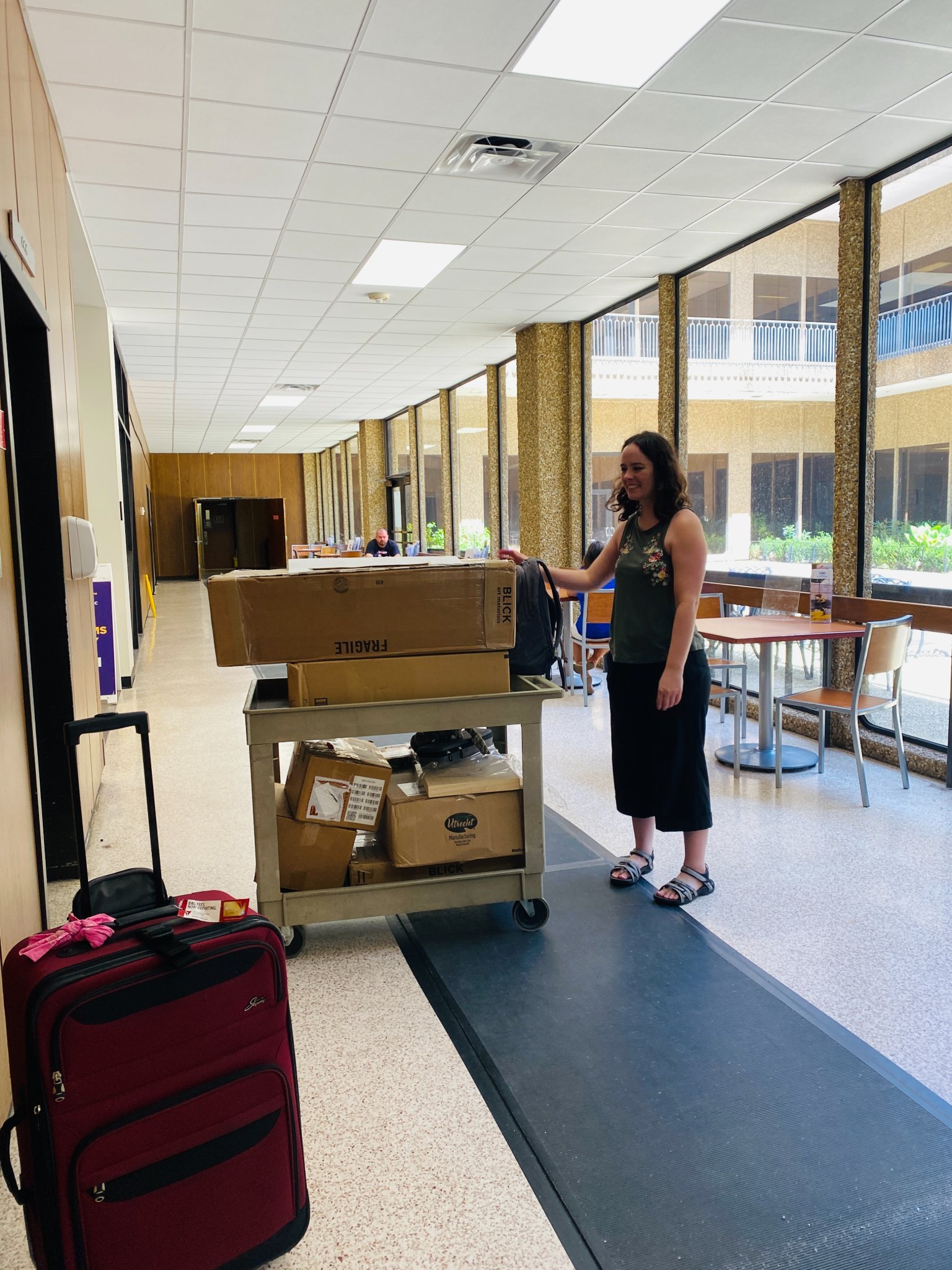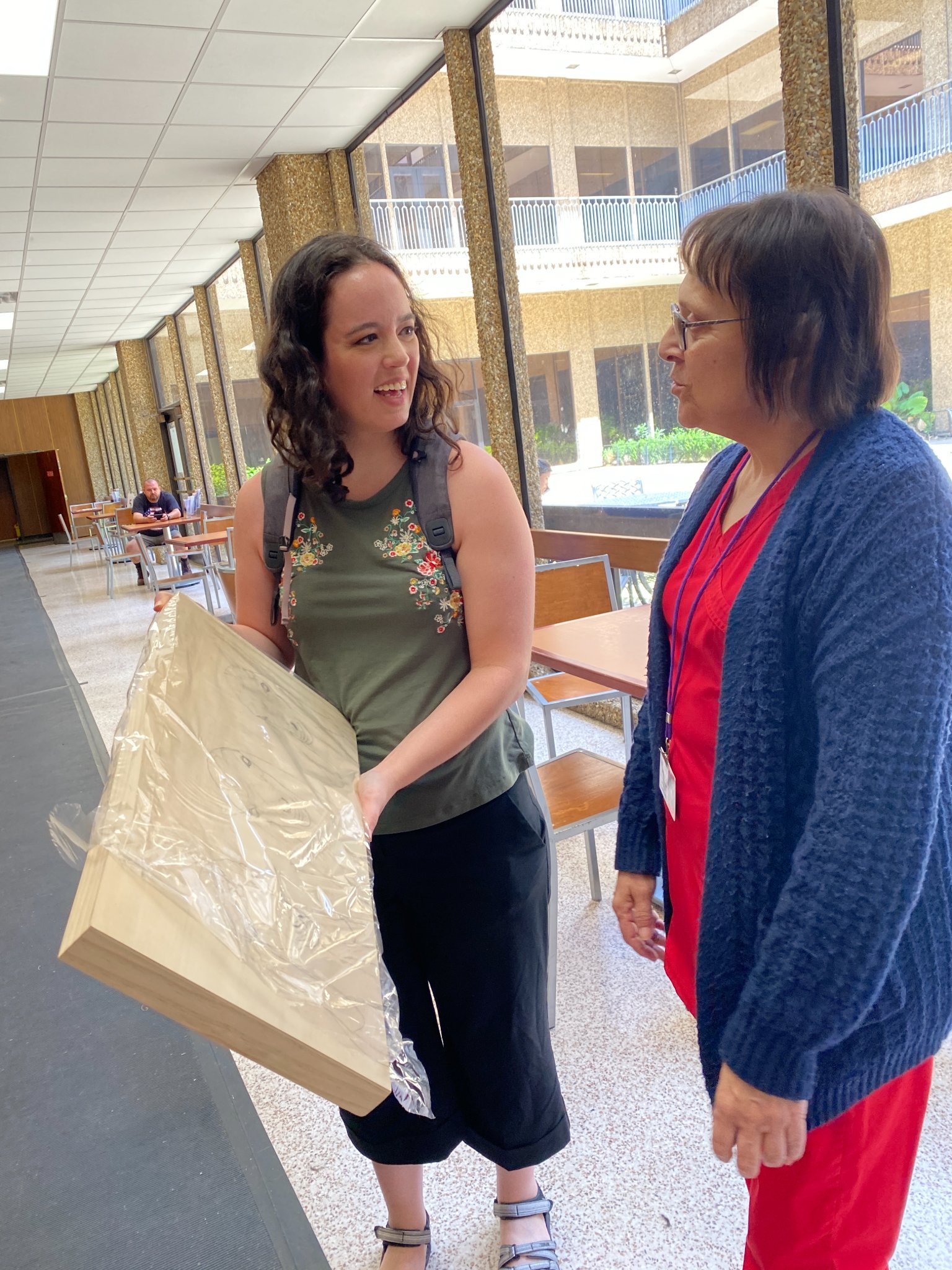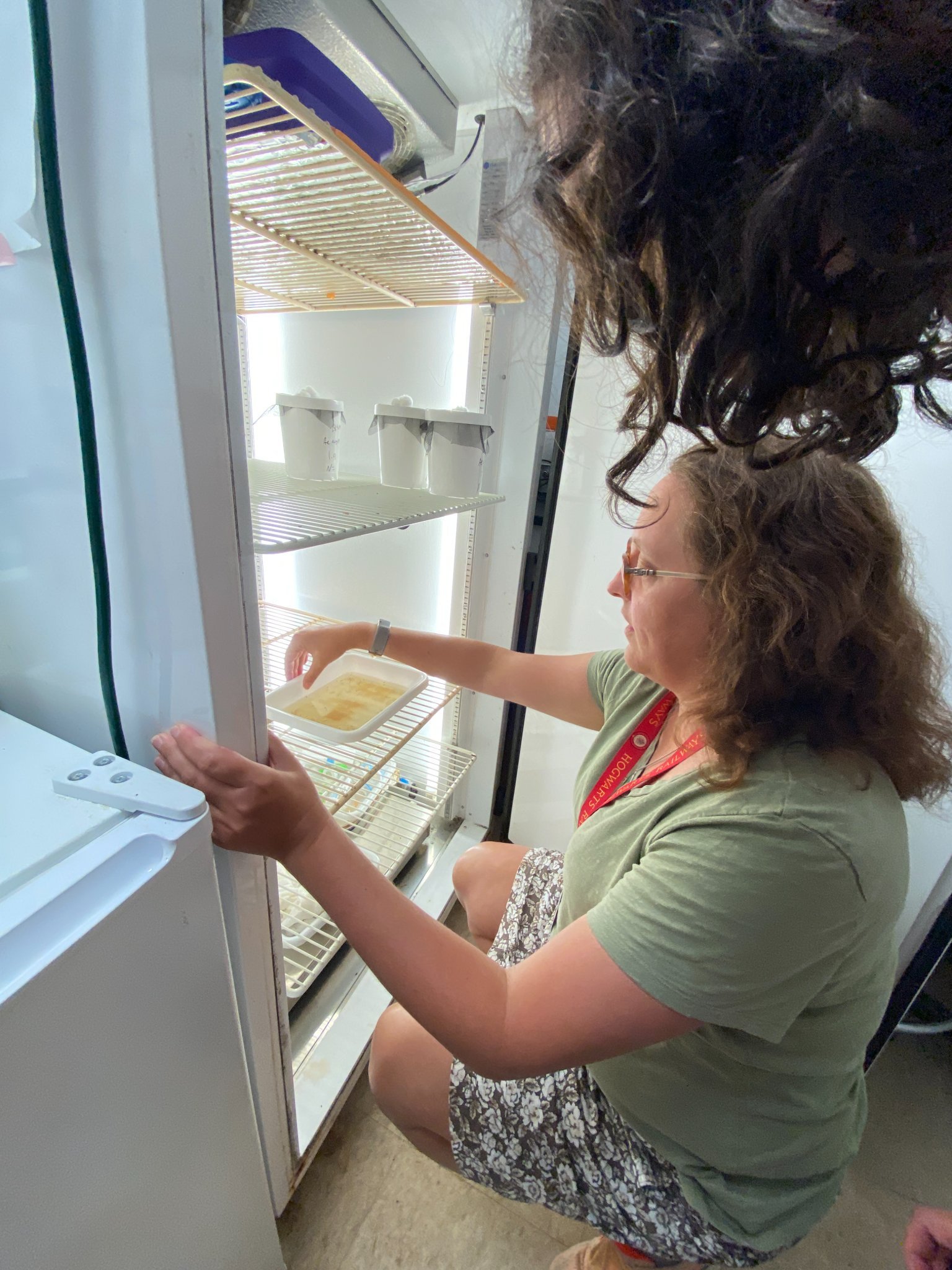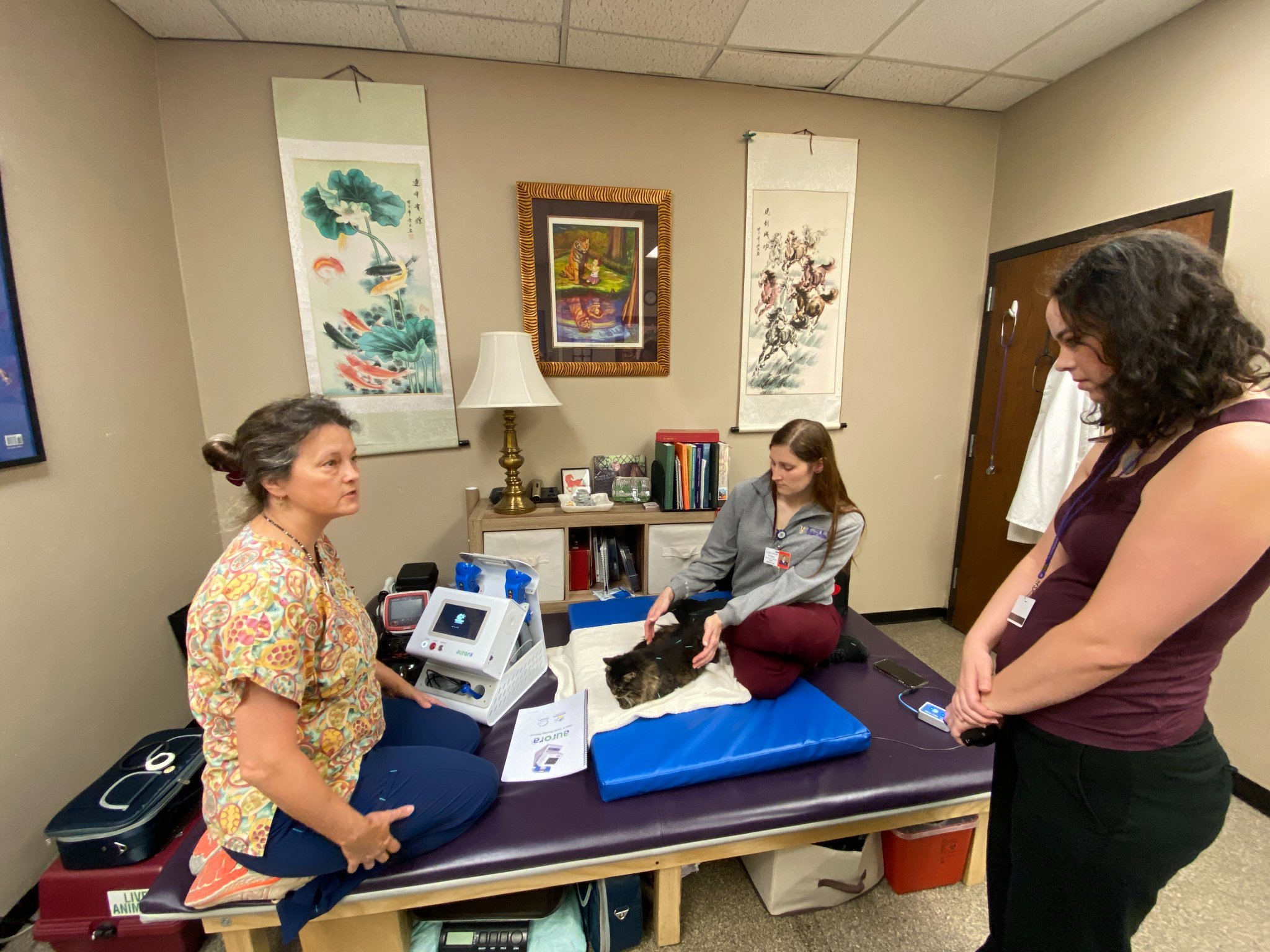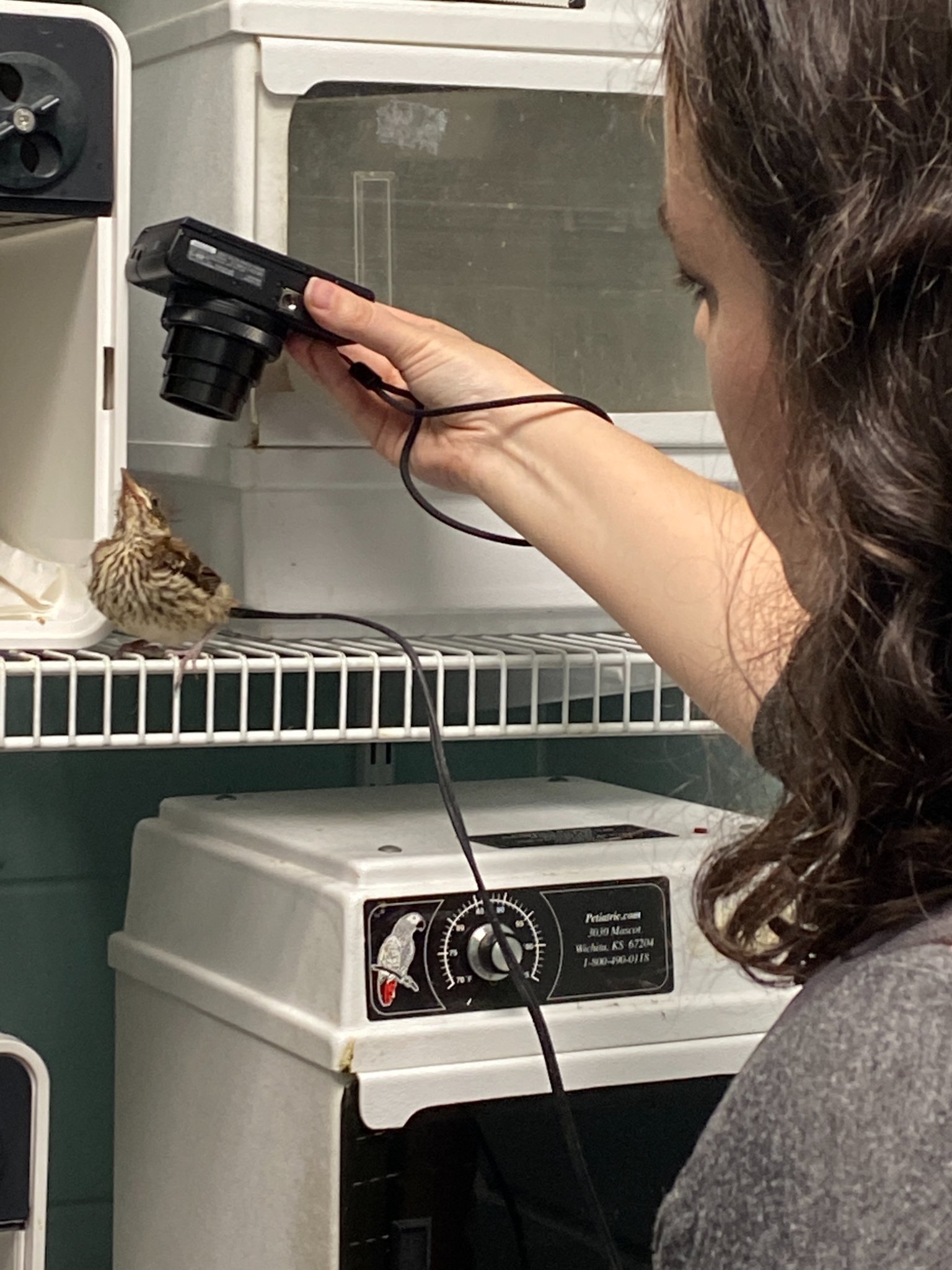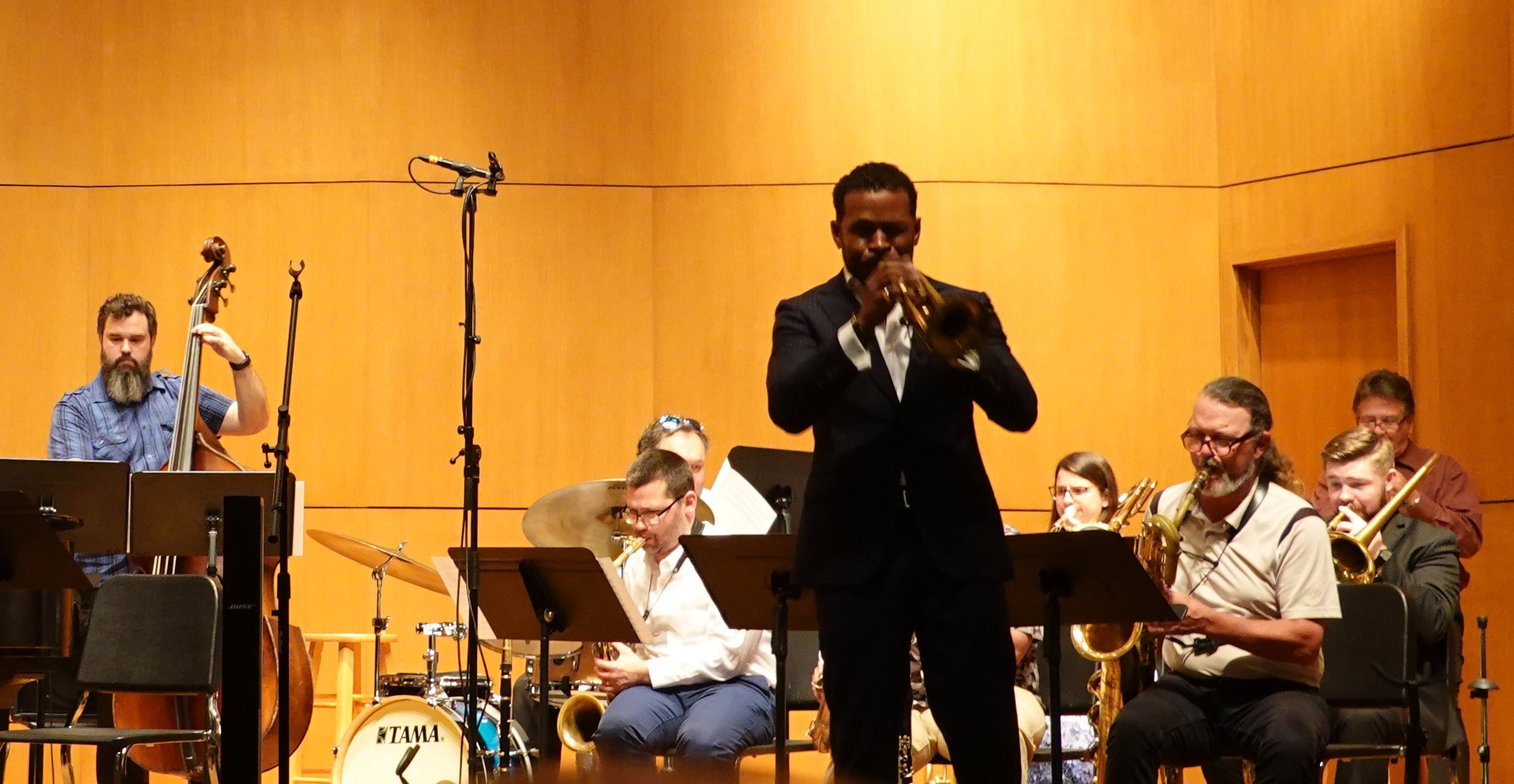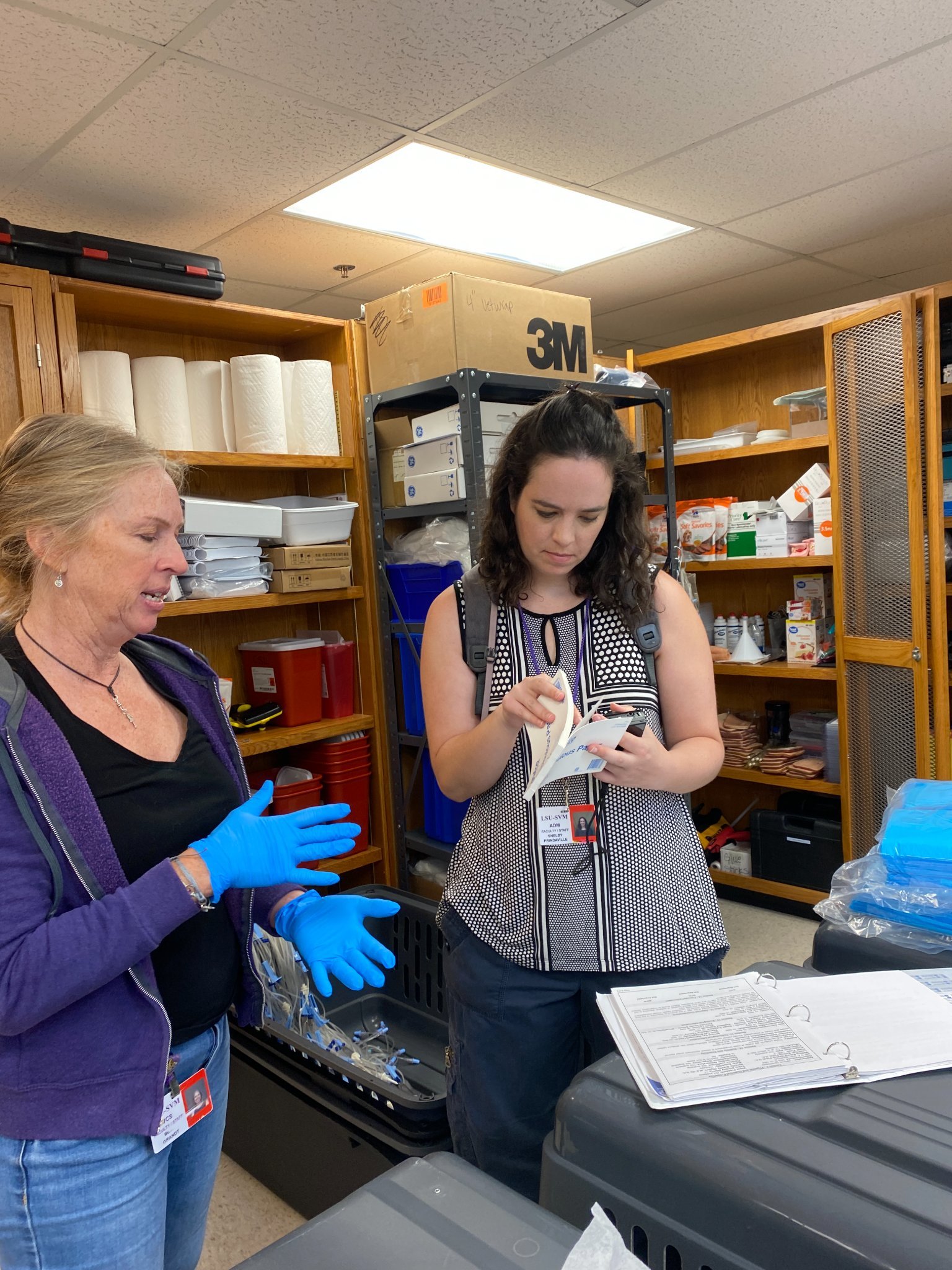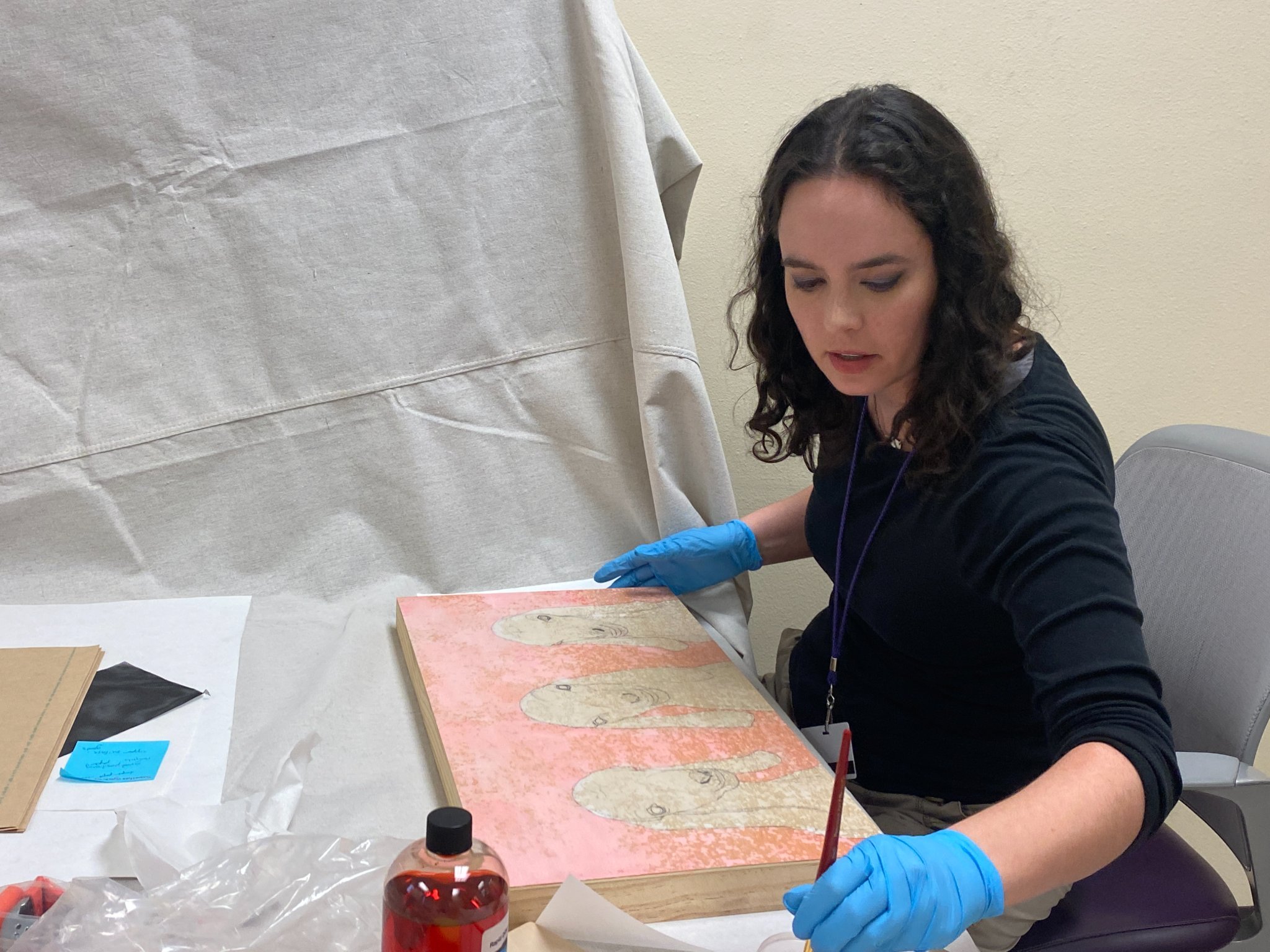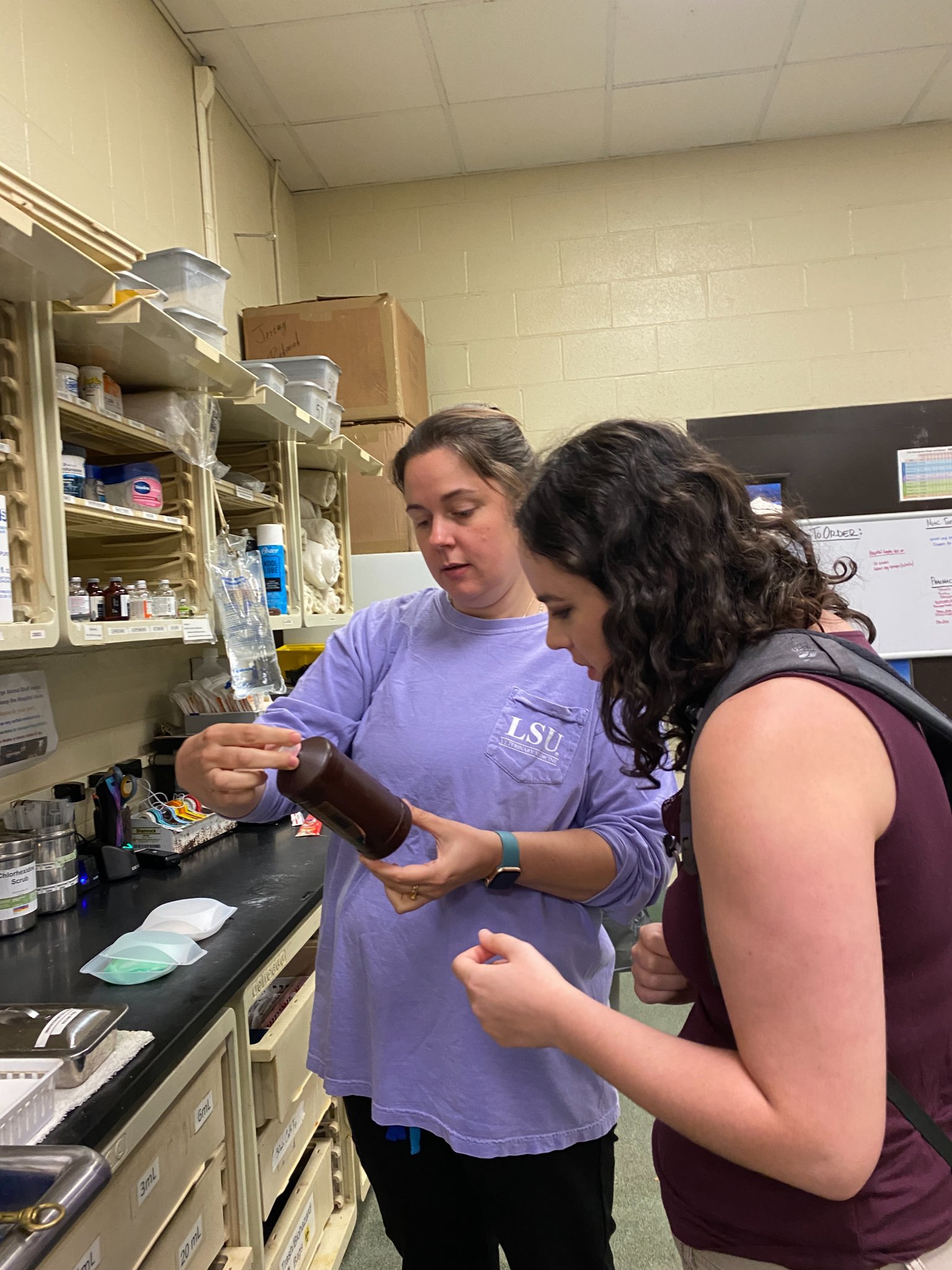Here are some in-progress images of Hosts! I had to almost exclusively use my two smallest brushes for the whole painting, which was tedious but ultimately worth the effort.
epidemiology
LSU Vet Med Artist Residency Artwork 4
This painting originated in the Epidemiology Department here at the LSU School of Veterinary Medicine! I met with a number of researchers in various departments, but Dr. Rebecca Christofferson’s lab offered me a very cool substrate that I wanted to use: mosquito ovipositioning paper! This paper, as its name suggests, is used by researchers to hatch mosquito eggs for research purposes. It’s an interestingly textured paper, and it has aqua lines on it in two configurations; on each 15x10” piece of paper, there are either two vertical lines 1” and 1.25” inside the border, or there is one line 4” inside (or 6”, depending on your perspective).
I asked what purpose the lines serve (they clearly serve some purpose, whether that be for researchers or as an artifact of the production process), and no one at LSU SVM has been able to tell me. I think that’s pretty funny, as it was my first question and the first question out of several of my artist friends’ mouths as well! Dr. Christofferson did just follow up with me to share the mosquito ovipositioning paper is apparently a repurposed seed germination paper, so I will try to follow that thread to see if I can figure out why the aqua lines exist!
As I shared in a previous journal, I took the photos of these mosquitoes myself. This composition includes two female Aedes aegypti mosquitoes, both after a bovine blood meal, and three mosquito eggs to scale with the mosquito depictions. I purposefully integrated cool tones and aqua shadows to tie in the aqua margin lines.
This is Hosts, acrylic on mosquito ovipositioning paper, 15x10”, 2022. It will be window-matted with an overlay of mosquito netting from the epidemiology lab on top of the matboard and framed. I’ll be assembling the frame with the help of my host Rob Carpenter, so I’m excited to see how it all comes together!
LSU Vet Med Artist Residency Journal 3
The following weekend I went to a Baton Rouge Cactus & Succulent Society sale due to a member who passed away and left some of his collection and pottery to the society; in order to make the most of the event they also put some tropicals and leftover bromeliads from the previous weekend’s sale out for purchase as well. I picked up a few nice plants and a large quantity of small ceramic pots as they were selling them for absolutely rock bottom prices - I think I paid a bit less than $1/pot. I also stopped by an estate sale happening nearby and then had some Vietnamese, followed by stopping in at an Vinh Phat Oriental Market and getting lychee! I love fresh lychee (I was a bit sad they didn’t have any mangosteen though). I also visited a friend and neighbor of Sandy’s named Pat who is a big art collector, and it was fun to see her collection and her house in general - it was a beautiful home. She had invited local artist Joy McDonald over too. Her artwork is very playful!
The next work week (June 13-17) I spent more time with the farm animal folks and met a couple more cute goats, visited the wildlife areas (main building and flight cages) quite a few times, and observed some ophthalmology appointments. I also booked a session with epidemiology to photograph mosquitoes, specifically Aedes aegypti. This was a more involved process than I’d have thought, involving first feeding the females a blood meal, popping them into a freezer just to slow them down/stun them, and then tweezing them onto a metal tray partially perched upon ice, which I could move further away from the ice to thaw them out more or push towards the ice if they were getting too mobile. Aedes aegypti are dimorphic; the males only feed on nectar, so their abdomens are quite thin in comparison while their antennae are lusher than those of the female mosquito.
On Friday morning I was interviewed live on KADN News 15! I will post separately if I can find a video clip to share, but it was a short info piece about the fact that I’m the inaugural artist in residence at the LSU School of Veterinary Medicine, what that’s like, where I’m from, and when my residency exhibition and artist lecture will be occurring.
I also spent a good amount of time in the studio, of course!
Below are photos of my documenting/participating in a red-shouldered hawk’s release, a social media post from the LSU Museum of Art advertising my wares, live mosquitoes on ice (really, even the ones that are upside down), and some anole sightings including a hitchhiker from Florida on a bromeliad, two anoles mating, and the smallest anole I’ve ever seen next to my pointer finger for scale.
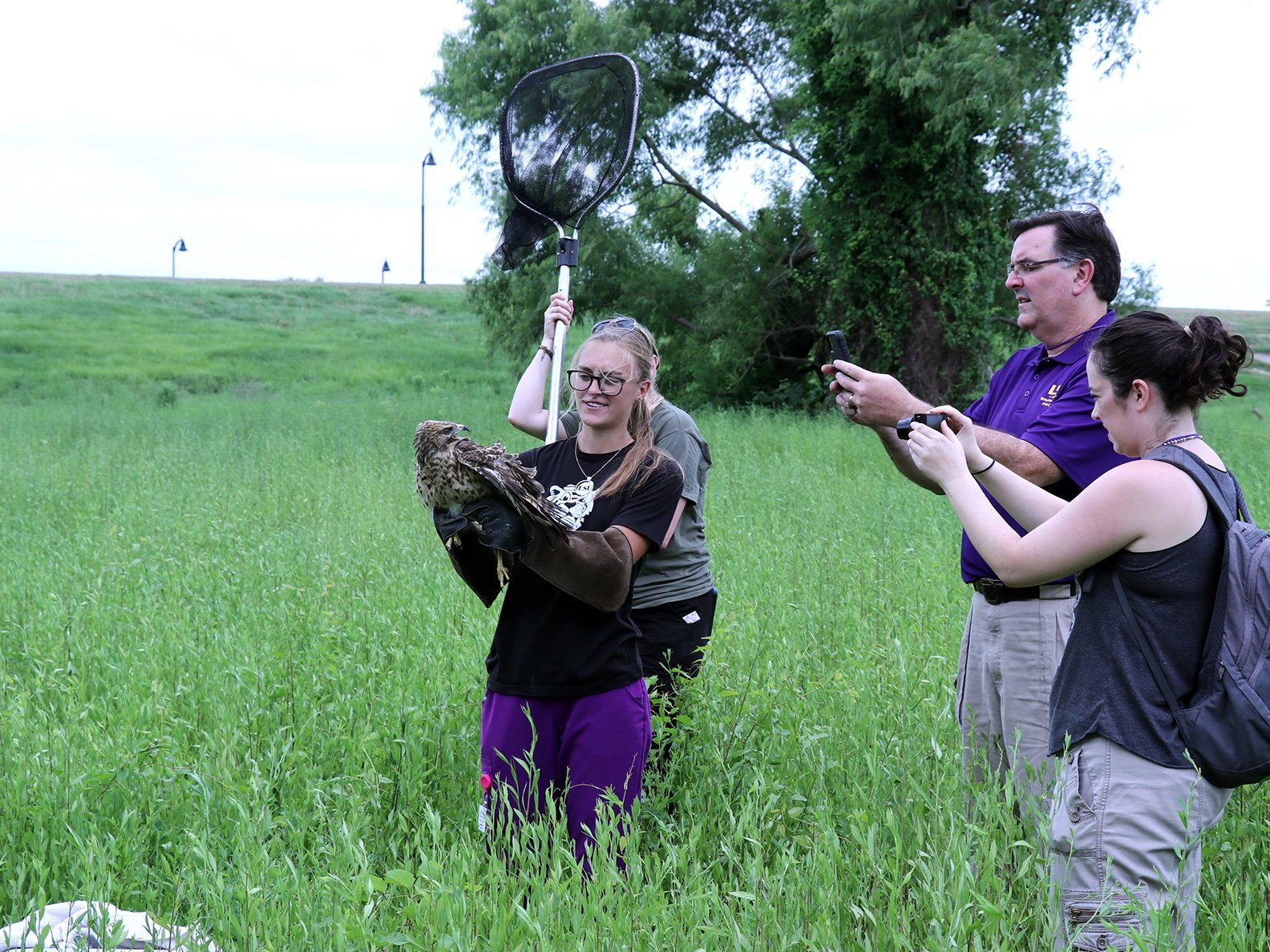
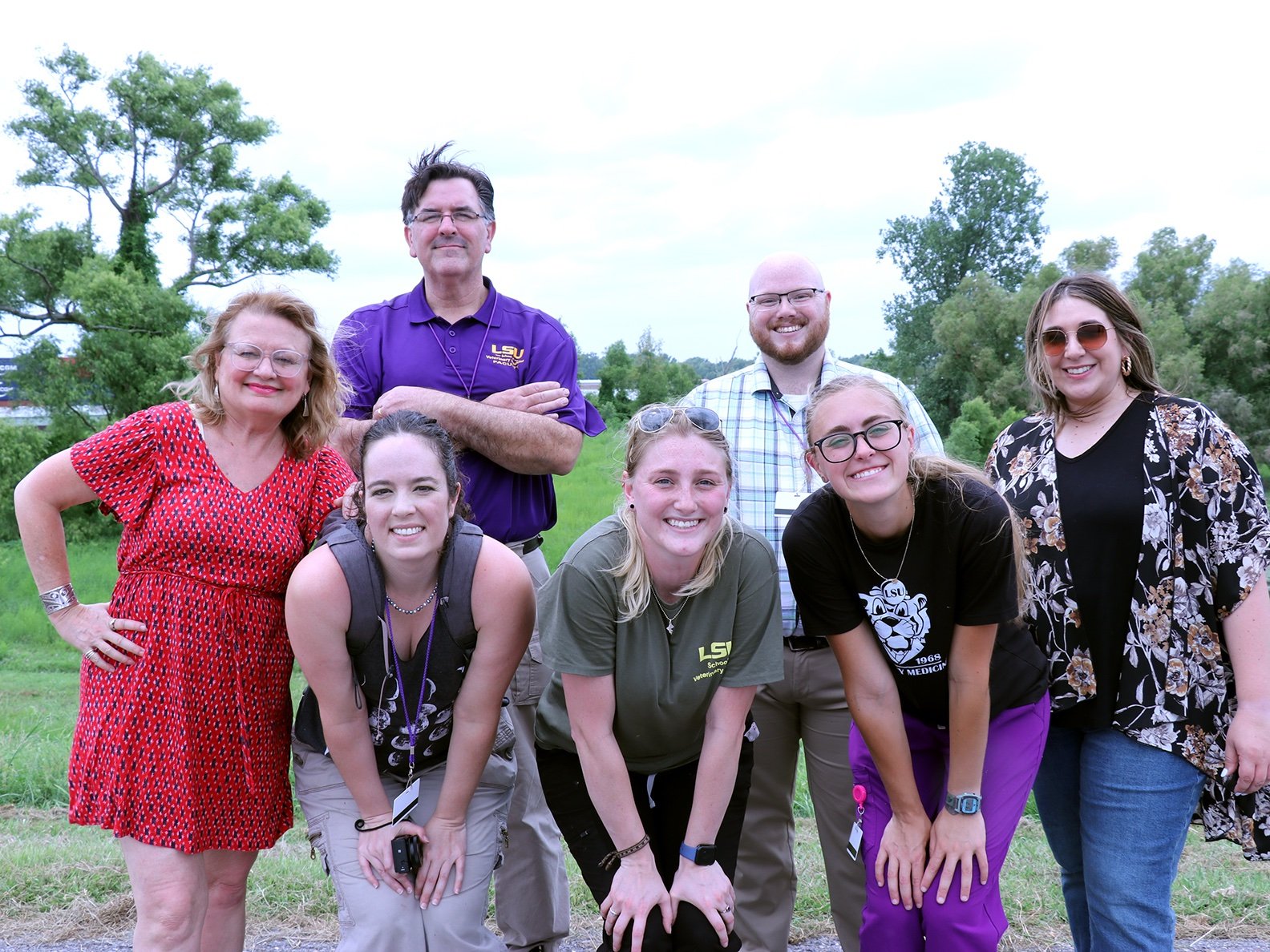
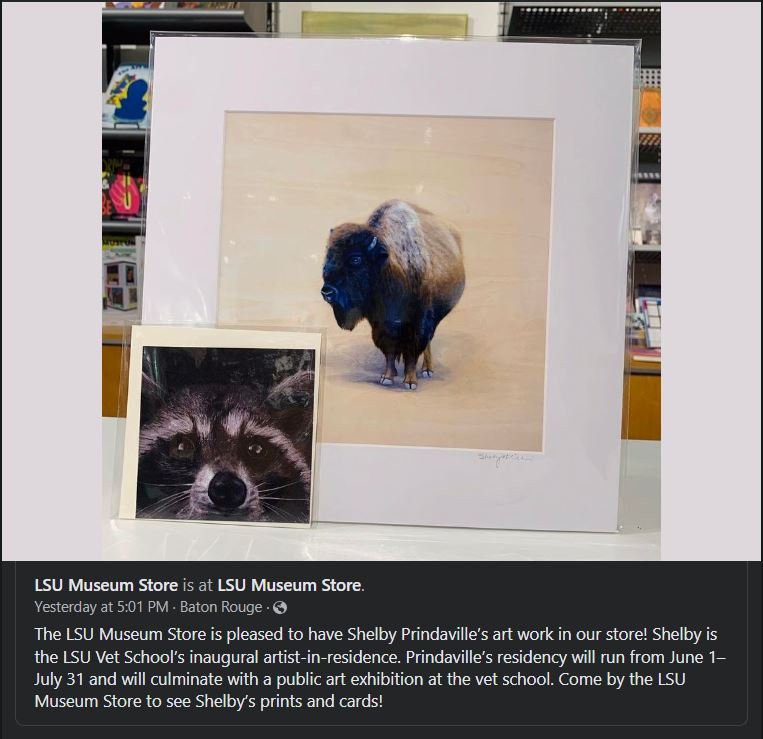
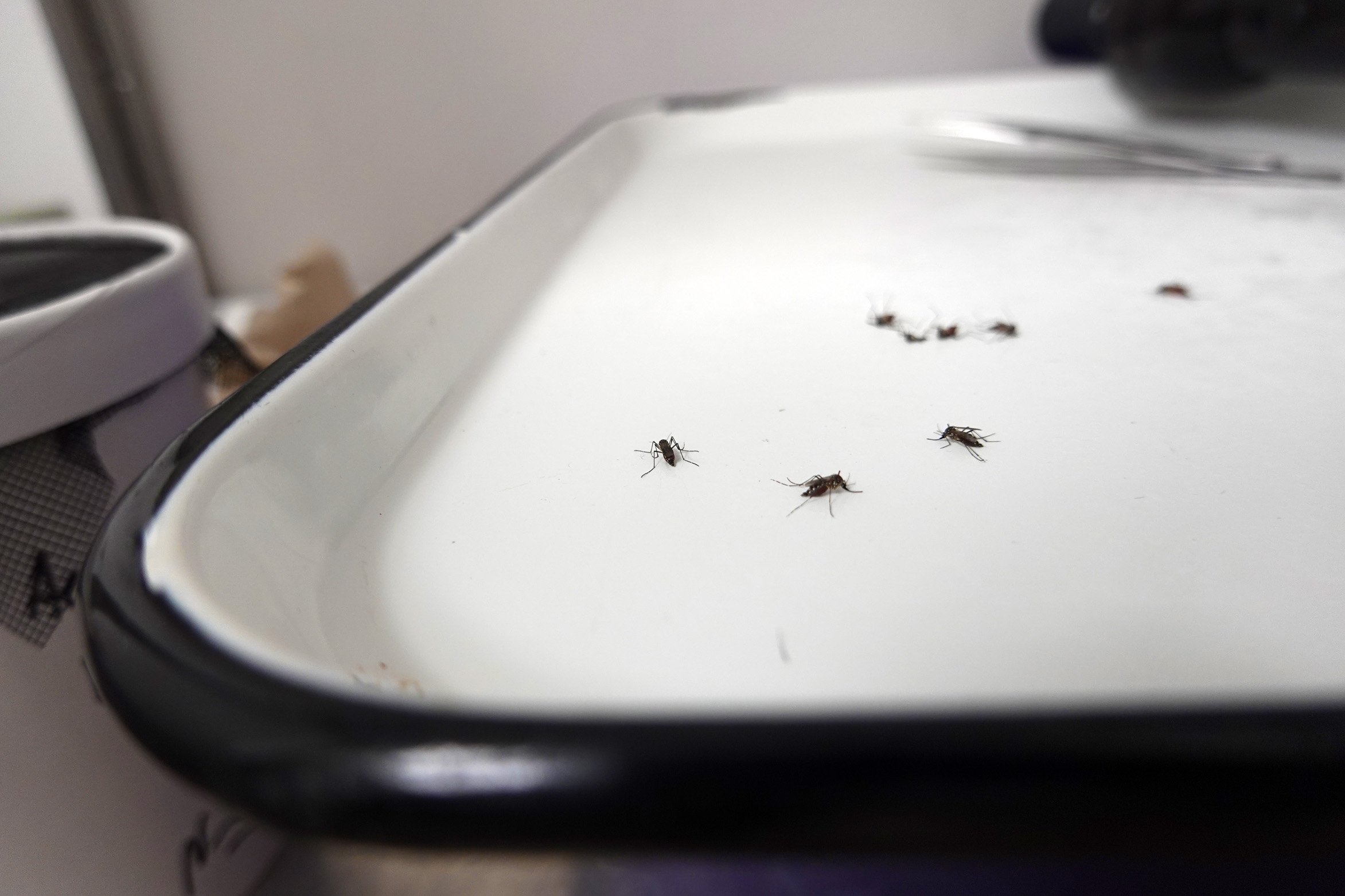
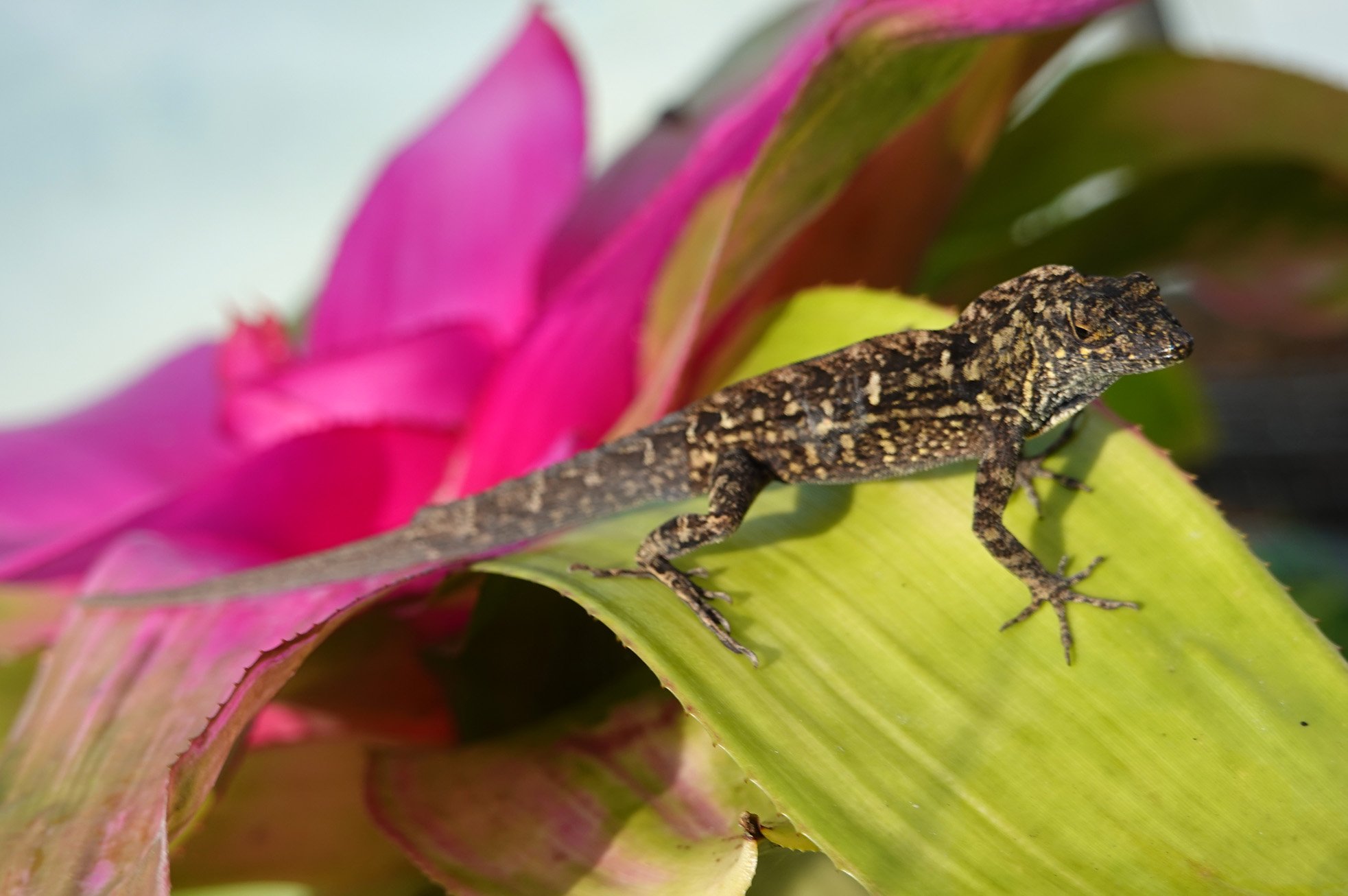
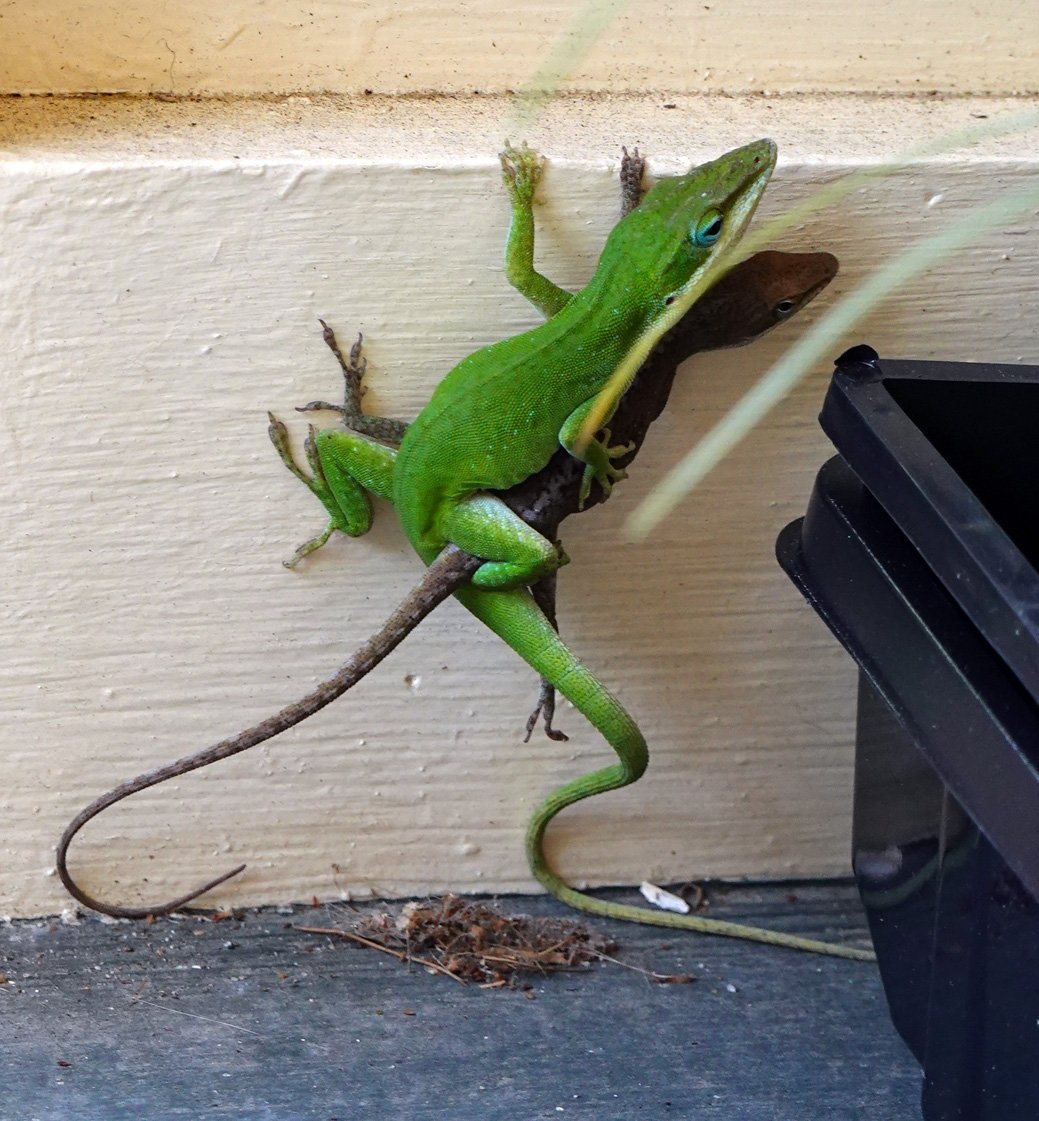
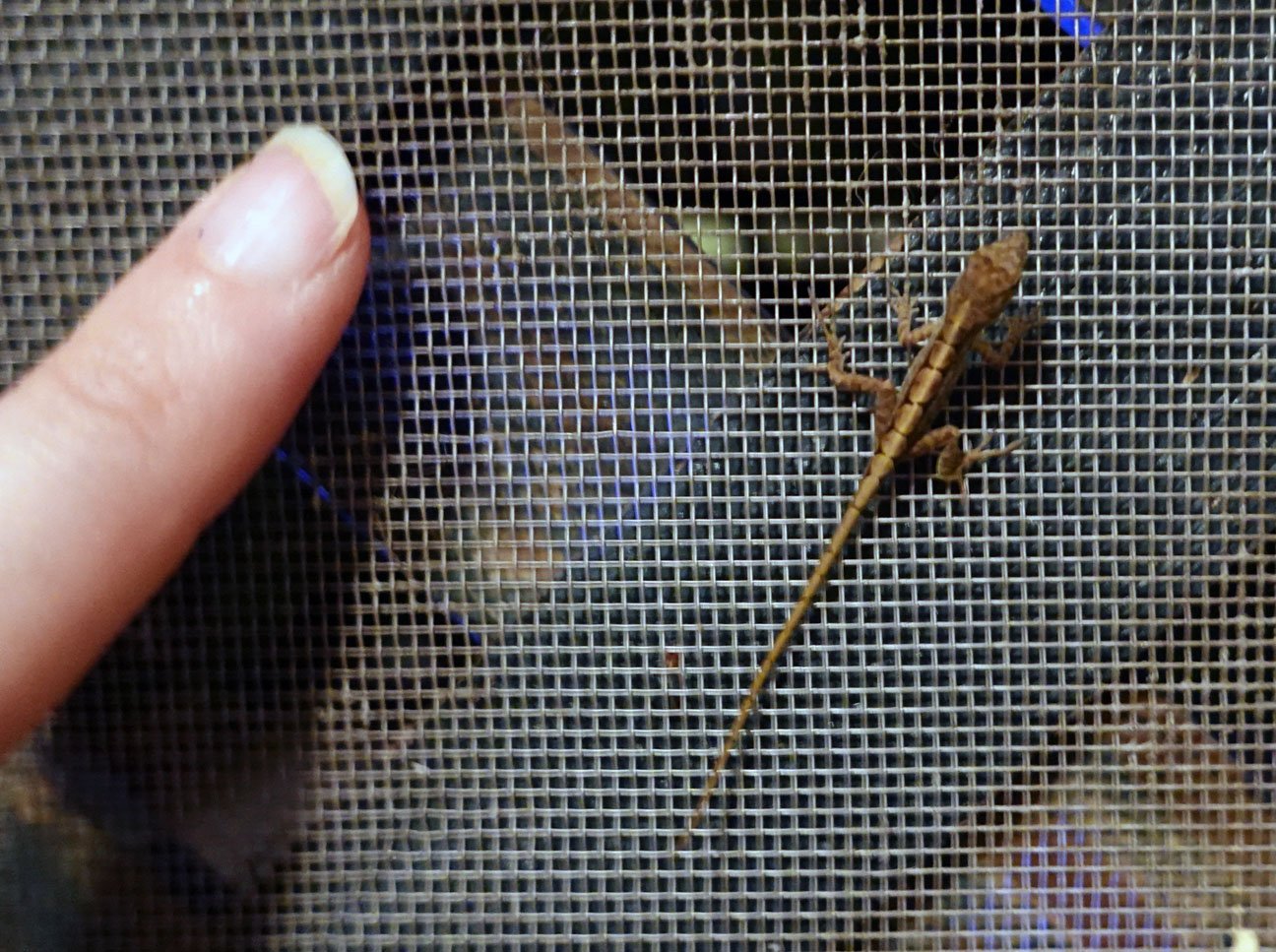
LSU Vet Med Artist Residency Journal 2
Over that first weekend, I attended the Baton Rouge Bromeliad Society Show & sale, went to a Beatles cover band concert by the Remnants (they did play one CCR song, which is more my jam), listened to the artists’ talks for the Baton Rouge Gallery’s current four-person exhibition, spent some time in my host Rob’s studio (mine still hadn’t been made available to me yet) and took a 4.5 mile walk around University Lake to try out my new camera!
Let me back up. After I agreed to take on this residency, I applied for and was awarded a Morningside University Ver Steeg Faculty Scholarship Grant to help cover associated costs. These include the mundane, like mileage, but also the exciting: a new camera and larger substrates than I have been typically using as well as more paint/mediums.
My old camera is a Sony RX100 II, and I adore it. However, it is eight years old and it’s having ever-more-serious issues; when I wrote the grant application a couple of months ago, I shared that “it is having problems focusing, retracting its lens, and opening and closing its automatic lens cover.” However, it has now also factory-reset itself and then later during a photoshoot the screen showing the previous photo wouldn’t clear and the camera behaved as though I was taking a new photo of the previous photo including trying to adjust focus. It’s not dead yet, but its reliability is heavily faltering.
Eight years is a significantly-above-average lifespan for a digital point-and-shoot camera, and I am a heavy and hard user; this camera has been to the Amazon rainforest, Iceland, and everywhere else I’ve been in the past eight years, and it has put up with internal condensation, ants, and all sorts of environmental conditions. My previous two cameras maybe averaged three years each? So I have a lot of respect for the Sony RX100 series.
My new camera is therefore the Sony RX100 VII. On my test-drive walk around the lake, I took photos in shade, in light, of still objects, of animals, from close range and at distance. Some differences I noted pretty quickly: the zoom appears to be better, and there’s a forced-focus feature. Much like on a cell phone, you can press on the large glass touchscreen view on the back of the camera and force the focus. At first, I was absolutely in love with this feature. I still think I’d elect to have it, but there is a downside; any time you touch the back glass, you’ll set it - even if you don’t mean to touch it at all. Then you have to figure out that it’s been set, and at that point you will need to manually clear it.
When I returned to the vet school on Monday, I was given the keys to the kingdom: my badge which allows me access to my studio as well as all other gated-off areas not for public access, and the door key to the studio itself (a temporarily converted conference room). This week I also met with an epidemiologist specializing in mosquito-borne viruses, wildlife medicine, and integrative medicine. I visited the clinical skills laboratory and the histology labs, spent a bit of time in the farm animal and equine areas, got to watch a red-shouldered hawk release, and began to delve into my studio practice.
In addition, I went out to dinner one evening with my former graduate school professor and mentor Kelli Scott Kelley, and then we took in a jazz concert afterwards!
Also a big thanks to Sandy Sarr, the LSU School of Veterinary Medicine’s Communications Coordinator and my primary point of contact, for documenting my residency so well. I rarely get so many good photos of myself in action!
